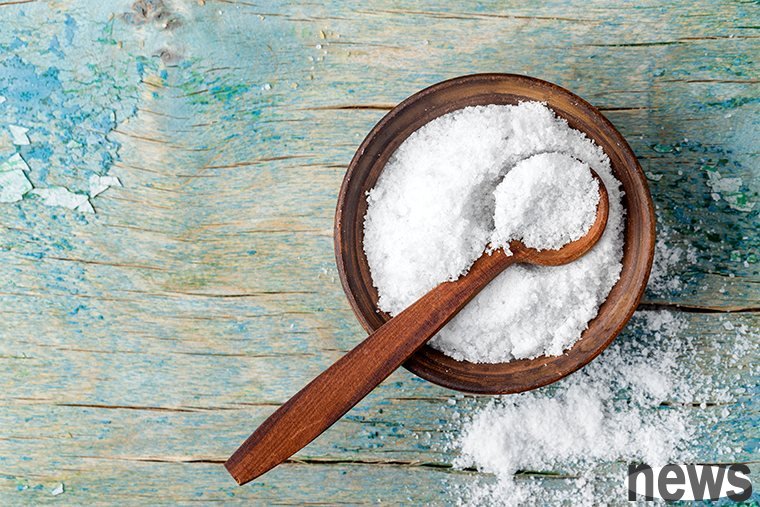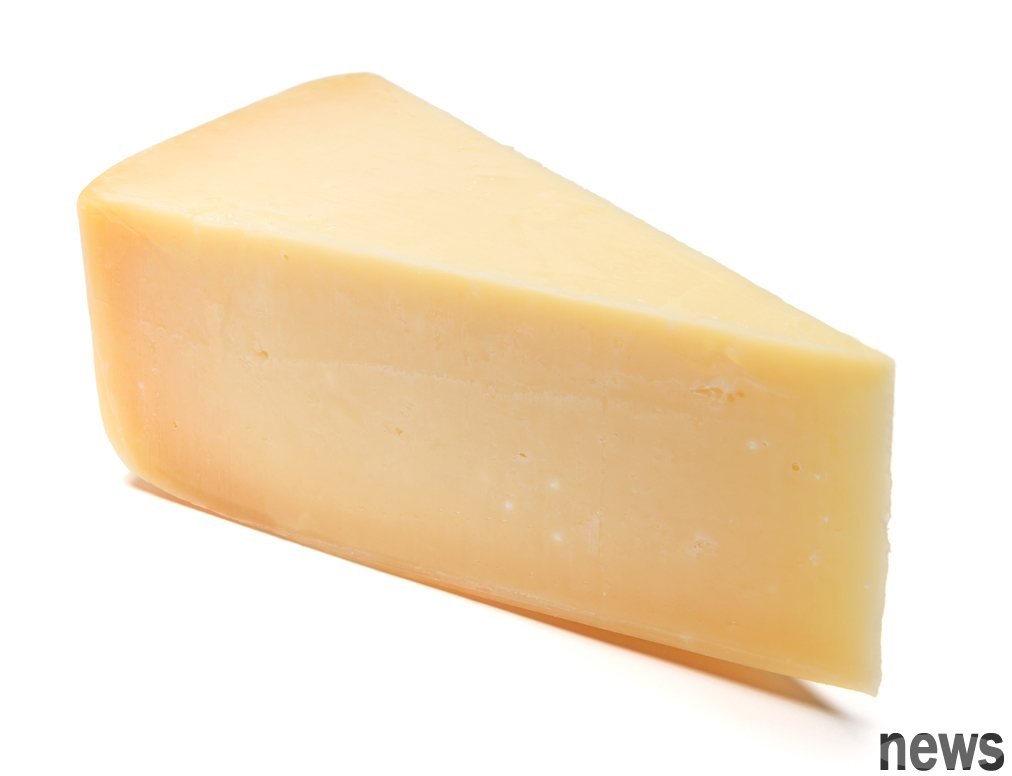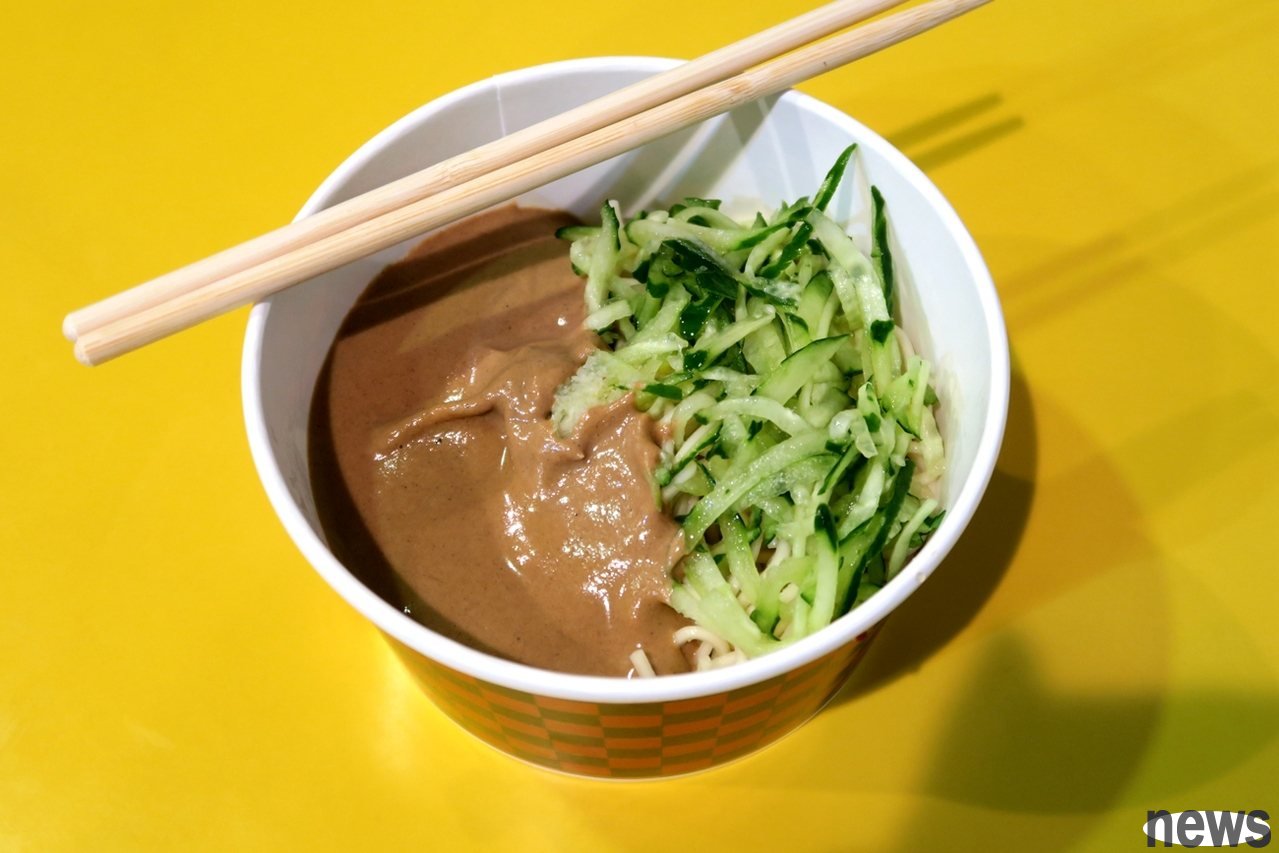Eating too much blood can easily increase the risk of hypertension and brain wind, and can also cause kidney damage and diabetes. According to the recommendation of the National Health Administration, the total daily intake of adults should not exce...

Eating too much blood can easily increase the risk of hypertension and brain wind, and can also cause kidney damage and diabetes. According to the recommendation of the National Health Administration, the total daily intake of adults should not exceed 2,400 mg, which is about 6 grams of salt. However, according to the data statistics, the average daily adult men in Chinese will eat 4,580 mg of charcoal per day, which is 1.9 times the recommended intake and 1.5 times the recommended intake.
Bone Department Doctor Hong Yongxiang shared in his face powder "Doctor Hong Yongxiang's Chronic Bleeding Failure Siege" that people often eat 7 types of high-calf foods. Although they don't feel very thirsty after eating, they are drowsy and want to sleep. This is because they eat too much and are prone to "food coma."
The body has too many calves, which will cause the body to enter high penetration pressure and hypertension, causing hydration and frequent urine. Hong Yongxiang mentioned that high-salted foods will reduce the nitric oxide concentration in the brain and increase the chance of dementia. In addition, high-blooded cervical cervical cervical cervical cervical cervical cervical cervical cervical cervical cervical cervical cervical cervical cervical cervical cervical cervical cervical cervical cervical cervical cervical cervical cervical cervical cervical cervical cervical cervical cervical cervical cervical cervical cervical cervical cervical cervical cervical cervical cervical cervical cervical cervical cervical cervical cervical cervical cervical cervical cervical cervical cervical cervical cervical cervical cervical cervical cervical cervical cervical cervical cervical cervical cervical cervical cervical cervical cervical cervical cervical cervical cervical cervical cervical cervical cervical cervical cervical cervical cervical cervical cervical cervical cervical cervical cervical cervical cervical cervical cervical cervical cervical cervical cervical cervical cervical cervical cervical cervical cervical cervical cervical cervical cervical cervical cervical cervical cervical cervical cervical cervical cervical cervical cervical cervical cervical cervic
7 kinds of foods that taste very high in charcoal contentIn daily life, there are many foods that taste very high in charcoal content:
1. Toast: During the production process of toast, adding salt can strengthen the tendons of the noodles group, absorb better water, and tightly wool groups, making the taste more layered. Every 100 grams of toast contains 443 mg of kettle. About 8-10 slices add up to more than a day's recommended intake. If you add soy sauce or ham, meat slimming, etc., the kettle content continues to stack upwards, which is completely out of the box.
2. Cheese: It is a source of calcium and protein, but every 100 grams of sliced cheese contains 1594 mg of calcium. Taking high calcium can cause thirst, restlessness, frequent urine, nocturnal urine, etc. Cheese itself has a ginger, which makes it easier for children to eat and eat too much. I don’t know how to get overdose.

3. Lemon Covering Dry: Processed snacks are almost all high in size, and sweet food is added, so you don’t feel like you are scattered and you lose your guard. Lemon lemon ginger drying is among the top snacks, with more than 700 mg of ginger per 100 grams; chocolate-flavored ginger dryinger dryinger dryinger also has more than 500 mg.
4. Kesa salad sauce: The Kesa salad sauce that tastes sour and sweet, without obvious flavor contains 1275 mg of kelp per 100 grams, which is a true hidden version of high-celebration food. I originally thought that eating salad was refreshing and healthy, but I didn’t expect it to cause hydration and kidney damage.
5. Sports drinks, sour plum soup and Yang Tao Juice: The charcoal content of these three drinks is relatively high. After sweating a lot, the electrolytic quality should be replenished. A bottle of 600 ml of sports drinks has about 252 mg of charcoal, which is easy to be ignored. The raw materials for sour plum soup and Yang peach juice are made of marinated substances. Every 100 ml of Yang peach juice contains 149 mg of pineapple juice, which is sweet and produces salivation but does not quench thirst.
6. Kuantou soup juice: Many people will scoop the soup when buying Kuantou soup. The light soup is actually very delicious. During the cooking process, add soy sauce, mirin, salt, and sugar to taste. Half a bowl of 300 grams of soup juice contains up to 615 mg of pot, and you will accidentally drink it.
7.注可可可可可可可可可可可可可可可可可可可可可可可可可可可可可可可可可可可可可可可可可可可可可可可可可可可可可可可可可可可可可可可可可可可可可可可可可可可可可可可可可可可可可可可可可可可可可可可可可可可可可可可可可可可可可可可可可可可可可可可可可可可可可可可可可可可可可可可可可可可可可可可可可可可可可可可可可可可可可可可可可可可可可可� I ate a bowl of noodles and ate half of the amount of the day.

Hong Yongxiang reminds that in addition to stepping on less high-calf mines, if you want to accelerate the body's discharge of ion ion, you can use the following methods:
1. Drink more water: Water can help discharge more water. Drink 3%-4% of the weight of white water, about 2500-3000 ml every day.
2. Increase the intake of the drill: The drill helps to adjust the concentration of the ion in the dry body. The rich foods include bananas, strange fruits, melons, spinach, etc.
3. Suitable exercise and bathing: Sports and bathing can increase the body's bearing rate, promote sweating and accelerate the discharge of ion. But be aware that sweating may cause excessive loss of ion, which is like a risk of hypothermia. Remember to supplement exercise beverages appropriately or add a little salt to water.